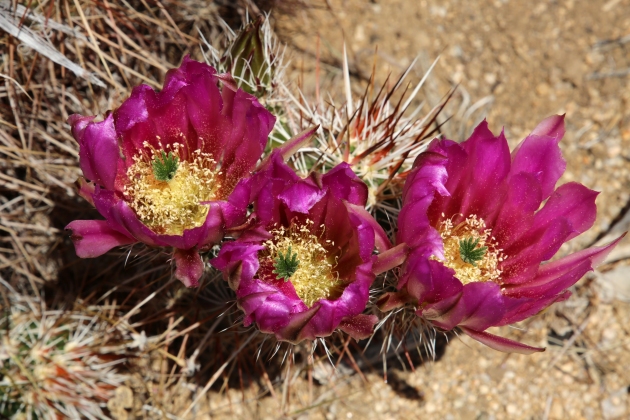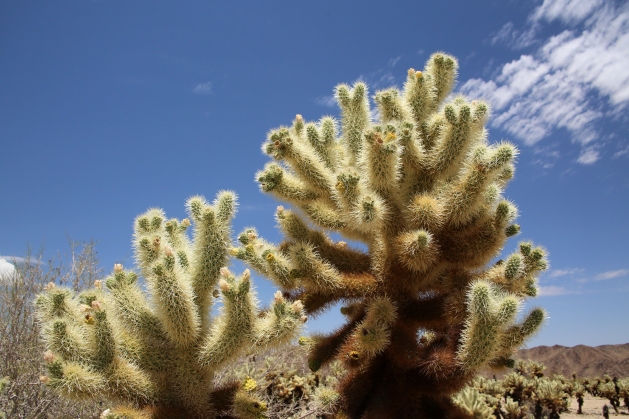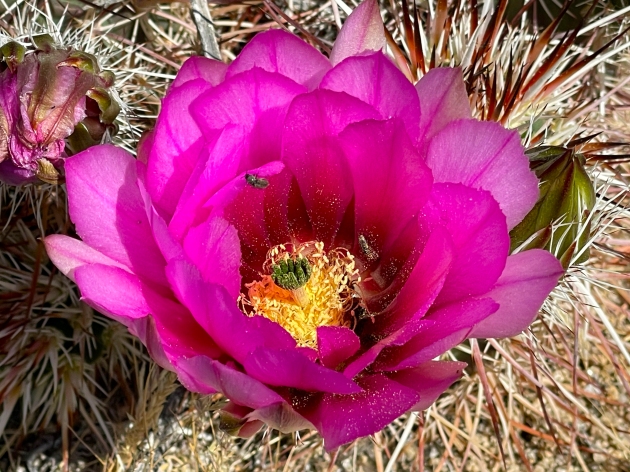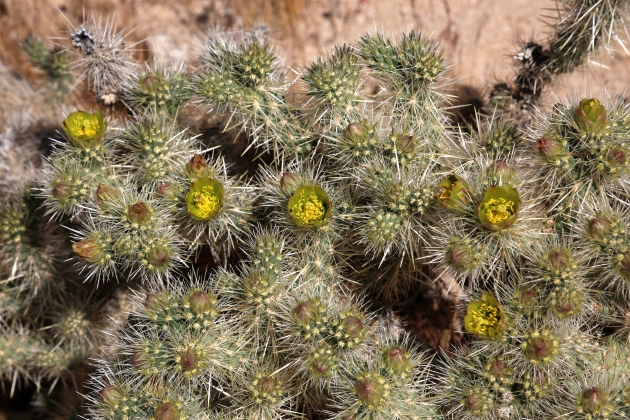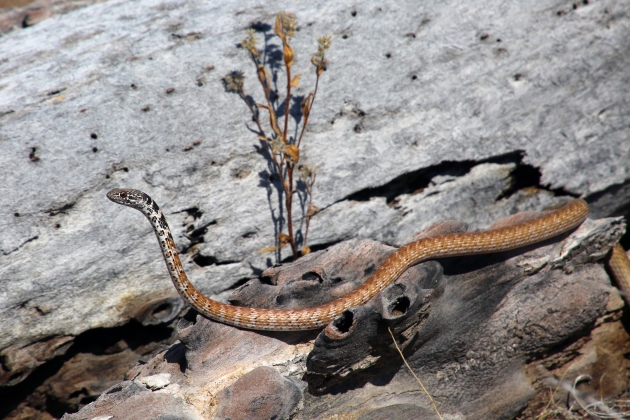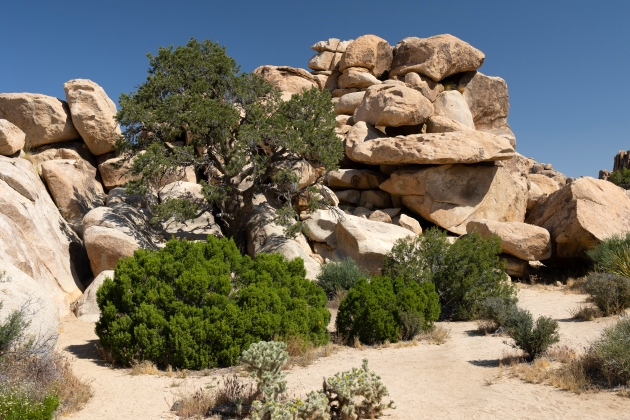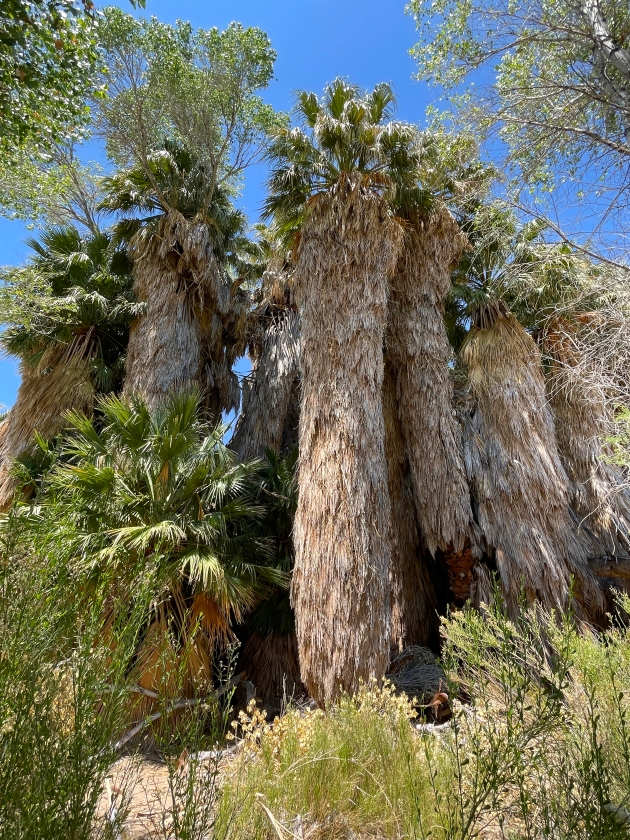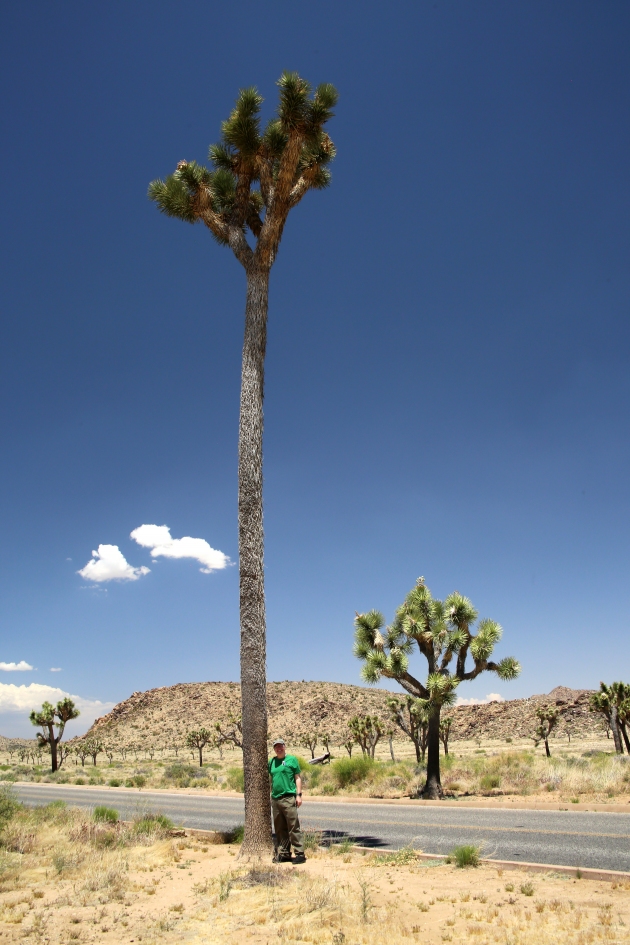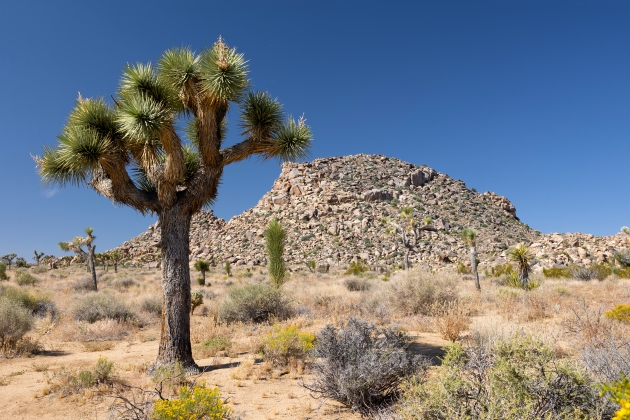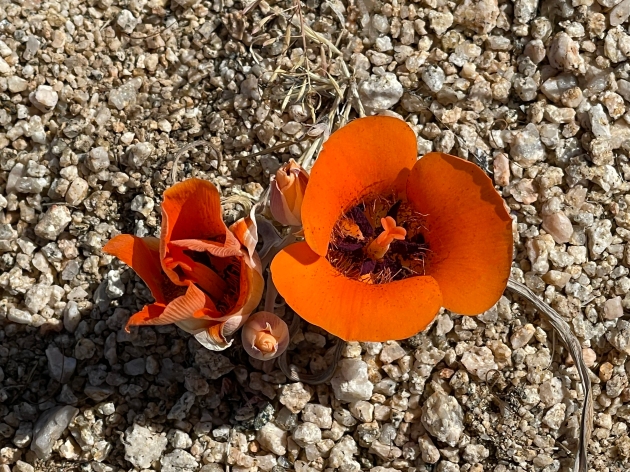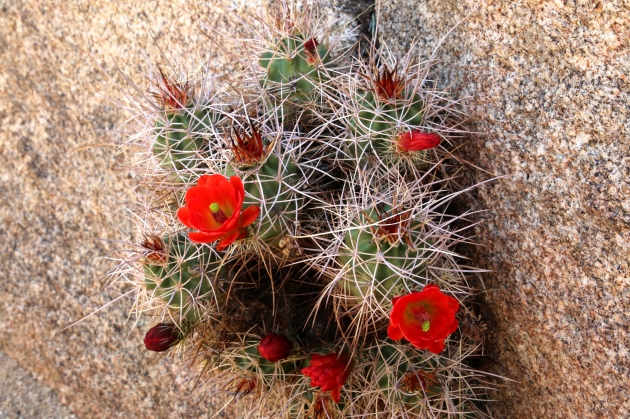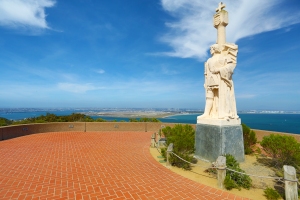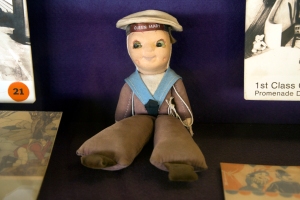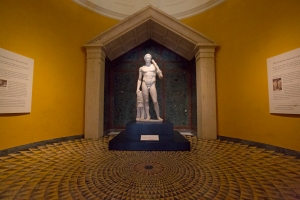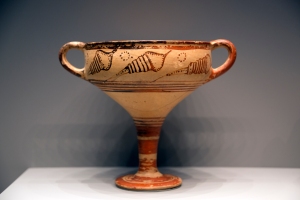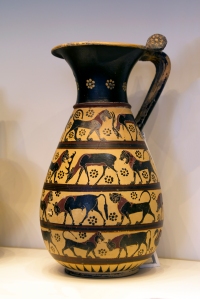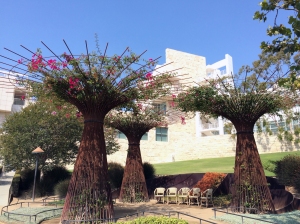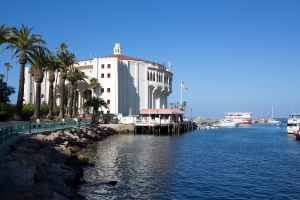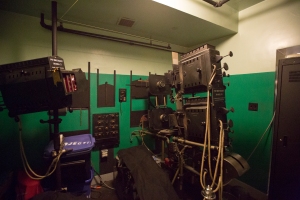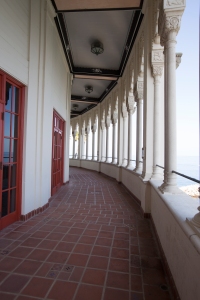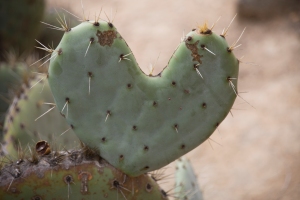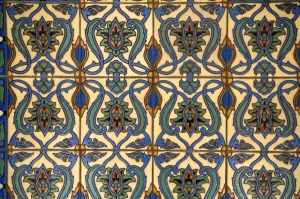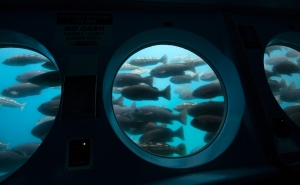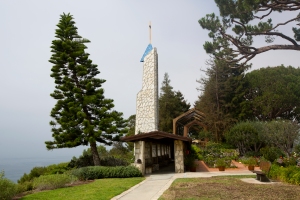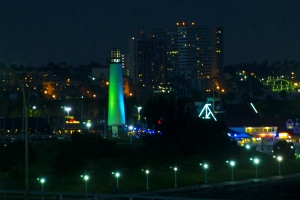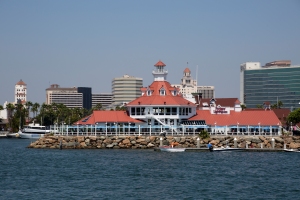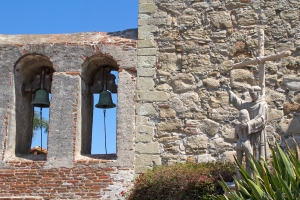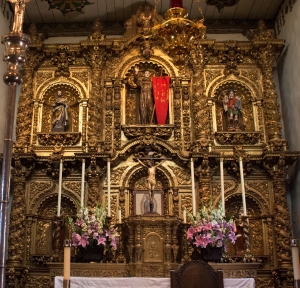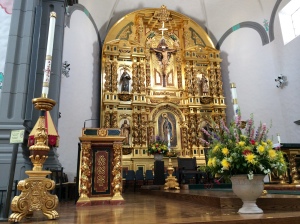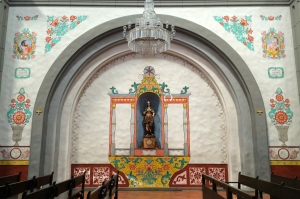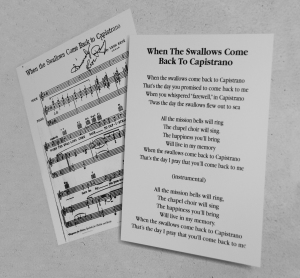
Disney Concert Hall

Understated Sign

Soaring Architecture

Narrow Passageway Through “Sails”

Photographer Reflections

Glass Reception Desk
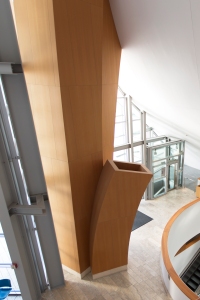
Lobby’s Wooden Support Columns Mimic Trees (designed to hide structural/mechanical equipment)

Pre-Concert Lecture Hall for “Talks with Maestro”

Concert Hall’s Massive Pipe Organ (nicknamed “Hurricane Mama”)

Close-up of Unique Curved Pipes

48-Foot Mural “Blue” by Peter Alexander

Rose Fountain Centerpiece in Garden Outside
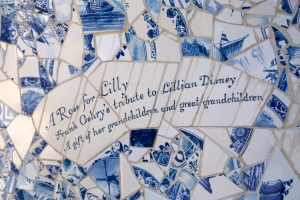
“A Rose for Lilly” Commissioned by Mrs. Disney’s Children and Grandchildren

Close-up of Fountain’s Delft Porcelain Mosaic

Coral Tree in Blue Ribbon Garden

Hong Kong Orchid Tree Near Triangular Doorway

Hong Kong Orchid Tree Flower
When we visited Los Angeles, California, we attended a classical concert at the Disney Concert Hall. The acoustics were incredible! We sat front row center – so close to the musicians that we could almost read their music. There is nothing quite like being that close to a full orchestra – it is unforgettable! Lillian Disney commissioned the building in tribute to her late husband Walt to honor his dedication to the arts.
Before the LA Philharmonics concert, we went on an architectural tour of the building. It was designed by Frank Gehry, who said the building’s billowing shape was meant to evoke a sailing ship. Initially the stainless steel exterior was buffed to a mirror-like shine, but the shiny metal reflected too much heat, so the surface was changed to matte.
Inside the concert hall the acoustics are absolute perfection. Douglas fir wood lines the walls and ceiling of the auditorium. The cushions of the chairs are engineered to reflect sound in the same way whether people are seated in them or not. The organ at the front of the hall contains 6,134 uniquely curved pipes (its nickname is “Hurricane Mama”). The size of the pipes range from smaller than a pencil to as big as a telephone pole.
Outside the building, visitors can enjoy the public Blue Ribbon Garden (up a left staircase to the second level from the street). The lush garden is a nice counterpoint to the modernistic building. A centerpiece of the garden is a fountain designed for Lillian as a tribute from her children and grandchildren. Its flower shape reflects her fondness for roses, and its composition reflects her passion for Delft porcelain. Designer Frank Gehry commissioned 200 Delft vases from Holland at a cost of $34,000 to produce the thousands of pieces needed for the sculpture’s mosaic. It took a team of 8 artists over 4 months to complete the lovely fountain.
When speaking of his work, Gehry said “Architecture should speak of its time and place, but yearn for timelessness.”
A fun TV show about the Disney Concert Hall by Huell Howser of “California’s Gold” is at: https://blogs.chapman.edu/huell-howser-archives/2007/09/11/disney-concert-hall-downtown-111/
More info is at: http://www.laphil.com/visit/tours
